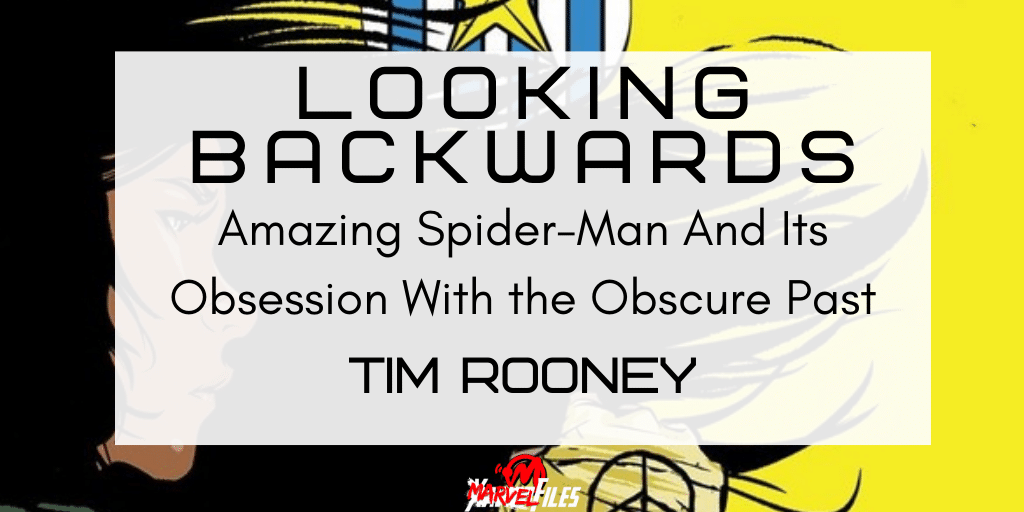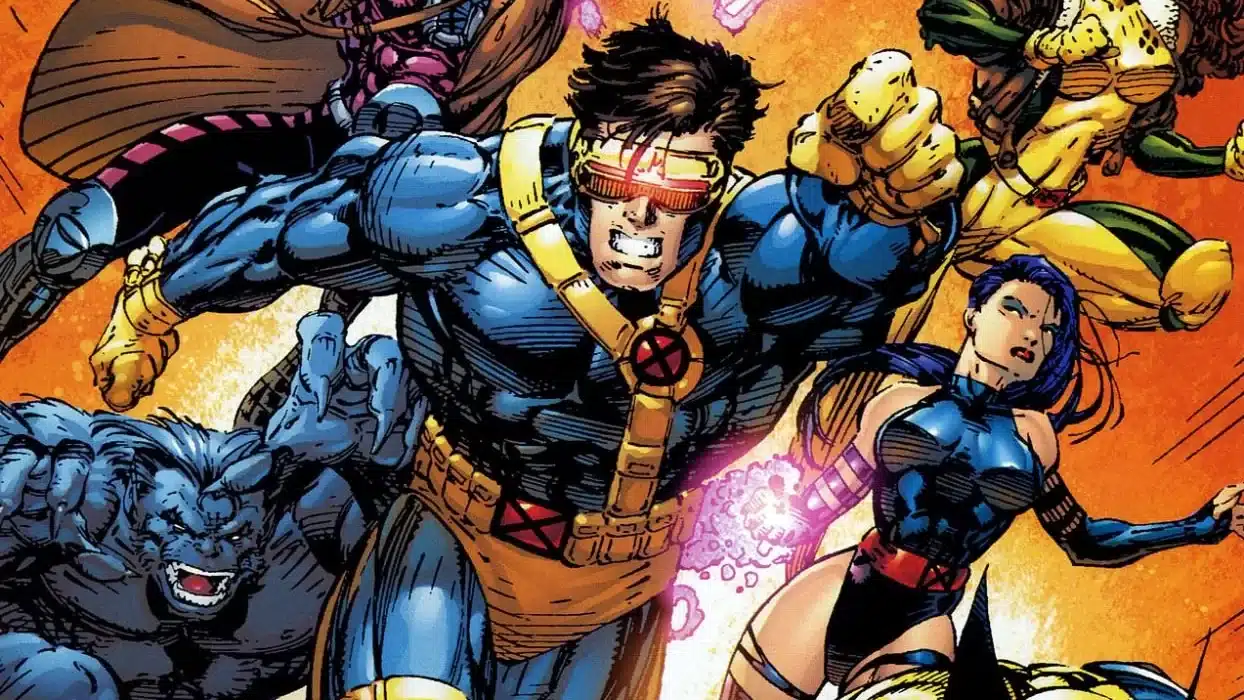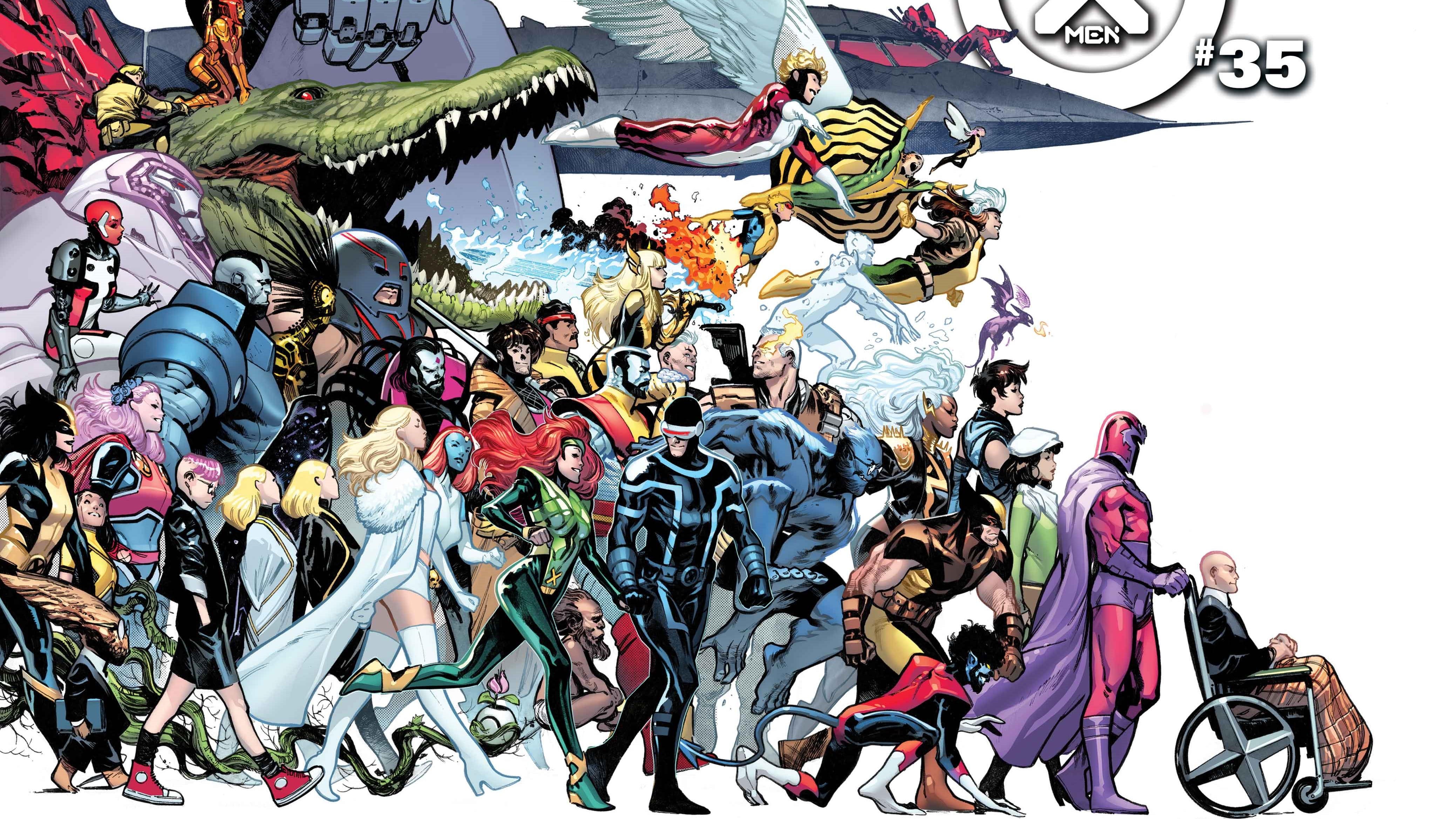Spider-Man is being haunted by his past.
Unfortunately, I am not talking about Kindred, the mysterious demonic figure who has been interminably teasing a reveal In the book since the beginning. Or rather, not only about Kindred, but writer Nick Spencer’s fascination with stories from Spider-Man’s past.
From the start Spencer sprinkled his series with references to old stories, in particular his first issue held several references to the events of the still-controversial, decade old One More Day and the deal with Mephisto which ended his marriage to Mary Jane. And at the beginning, these were intriguing. Would Peter Parker be forced to reckon with the literal deal with the devil that has troubled fans since 2007? It was fun to see Peter reckon with his return to a more standard status quo after Dan Slott’s run, which included body swapping and Parker in charge of an international corporation.
But since the first arc, readers have been given a series of diversions focused on villains and past events. From “ Kraven’s Last Hunt” to the Stone Tablet Saga, the Death of Jean DeWolffe, even Spencer’s own Superior Foes of Spider-Man, Spider-Man’s past adventures have popped up to cause trouble in the present day, all while the mysterious new character Kindred spends pages and pages monologuing about Peter’s past sins, explaining to us how incapable Peter is of admitting his failures.
The problem is that two years and nearly 50 issues into the book, we still don’t know what Kindred represents about Peter. Instead the focus has been on these tangents featuring greatest hits remixes, each of which are more concerned with the world that Spider-Man inhabits, rather than Spider-Man himself. Instead of exploring Peter’s guilt or the weight of his responsibility, we have been given the backstory of a monster who has showed up in only a handful of stories in 60 years and C-List villain Boomerang’s redemption tour.
Even Kindred, the new character allegedly at the heart of Spencer’s story, pulls from mystery characters of the past, an attempt by Spencer to introduce his own spin on the Hobgoblin saga. Ostensibly, Kindred serves to drive home the themes of the book regarding Peter’s past actions coming back to haunt him. This character stands at the periphery talking about his grand machinations and his desire for vengeance over Peter’s past, but nothing in the text indicates that Peter himself is grappling with any guilt. The occasional issues focused on Peter’s personal life primarily show him comfortable and fairly satisfied with how things are going for him and his renewed relationship with MJ. If Peter is supposedly haunted, we have not been shown any evidence of it. The only regret offered is the lost time with Mary Jane.
We are long past the idea that “every comic is someone’s first,” given the way the direct market operates, but Spencer has gone so far into the minutia and pulled out characters and events that have gone unreferenced for years. This leaves readers like myself, who do not have an encyclopedic knowledge of Spider-Man’s full publishing history scratching our heads in regard to some of these references that we are told are profoundly important, difficult, or scary for Spider-Man, but do not get justified in the text.
No example is stranger or more indicative than the recent issues with Gog, who Peter explains in narration as his own “personal giant monster.” New readers are led to believe this monster has some kind of significant relationship with Spidey, but the recaps provided do not sell us on this, and in fact, Gog’s appearances are in some of the most obscure stories in Spidey’s publishing history, and total 8 appearances, several of which are not Spider-Man stories. It is made all the more baffling because after being sidetracked with an entire issue providing a new, tragic origin for this creature, Gog ends up as Peter Parker’s new pet.
What impact this has on any other larger plotlines or themes are imperceptible.
Even the art conjures up a sense of the past. Ryan Ottley’s bold figures, combined with inker Cliff Rathburn’s strong lines and clear panel layouts are evocative of Romita Sr’s classic look. His primary colorists Laura Martin and Nathan Fairbairn draw on the bright colors of the silver age. Unlike the stories they are servicing, however, Ottley’s work also injects a modern flair, as equally inspired by McFarlane and Bagley as Romita and Gil Kane. While Ottley’s pencils are stellar, he is used inconsistently and the book suffers from a series of rotating artists, most of whom stay for an issue or two before departing.
This leads to a jarring and inconsistent tone, which only accentuates the hollowness at the heart of the story. The lack of a guiding vision for the art makes it difficult to build a familiarity with the characters. Readers do not get the chance to get comfortable with the artists’ choices or the way they draw the characters. From issue to issue it is easy to lose track of who is on the page at a given time (especially when they are the obscure side characters like Peter Parker’s ‘sister’ or Carly Cooper), or read their expressions, because the particular acting and storytelling choices of each new artist is different from the last. Beyond that, many of these fill in choices are simply not ready to be on Marvel’s flagship book. The line work is rushed and sketchy, with cramped panels and an inability to communicate the emotions of their characters or lead the eye naturally across the page. It is hard to feel close to characters who look different in every issue.
Amazing Spider-Man’s obsession with the past is all the more disappointing when considered in contrast to its contemporaries. Both X-Men and Immortal Hulk have taken the core themes and allegories at the heart of their franchises and taken them to bold new places that build off their history. Spencer seems as committed to mining the past as Hickman or Ewing, but has spent two years using that history to address what he interprets as continuity gaps or problems. The old threads have not been utilized in a way that tells us anything about Peter Parker as a character or what Spider-Man represents.
Spencer is a competent, even talented writer and storyteller. Taken in a vacuum, many of the individual issues within the series are enjoyable, even good! But in the context of the primary Spider-Man book of the Marvel Universe, which should by rights have a definitive concept of who Peter Parker is as a character and what he offers to the overall shared universe of Marvel, the series rings hollow and rote. Nick Spencer has provided an interesting look at the supporting cast and villains, humanizing and complicating many characters who were thinly defined. But none of these provide insight into the title character.
If there is a somewhat recurring motif, and it may prove essential based on the recent events in Sins Rising, it is the banal potential for evil within the average person. In Hunted (Spencer’s Kraven’s Last Hunt part 3), it was a group of bored rich folks hunting super powered animal characters for sport, in Sins Rising, we are seeing a group of everyday New Yorkers empowered to embark on violent vigilantism. It is perhaps the most interesting and timely thread Nick Spencer has touched on but it all lacks the narrative weight it could have because none of it sheds any light on or contrasts with Peter’s inherent character.
Perhaps in the end I’ll be proven wrong, that this two year runway was purposefully ignoring Peter Parker, that the dread and guilt of Spider-Man’s past was in some way woven through every issue and that Kindred’s role is something profound that speaks to the tragedy and struggle at the heart of Peter Parker. But it is asking too much of readers to be on board for two years with such little momentum. I don’t have the answers to what a bold new direction for Spider-Man is that builds from its history, but to ask readers to spend $5 a month on a greatest hits collection without offering a book that centers on Peter Parker’s heroism and sacrifice is a condescension to readers. Especially as those $5 become more precious amidst an historic economic downturn. Spencer’s Amazing Spider-Man needs to make a dramatic turn at its 50th and 850th supersized (and superpriced) celebration issues to truly prove that they have been building to anything at all. As it stands, Kindred’s own words, “We are all slaves to continuity,” seems a far more damning assessment of the state of Spider-Man’s world than any kind of searing metatextual commentary.

Tim Rooney
By day, Tim is a nonprofit professional. By night he is either reading, writing, or thinking very seriously about superhero comics.





